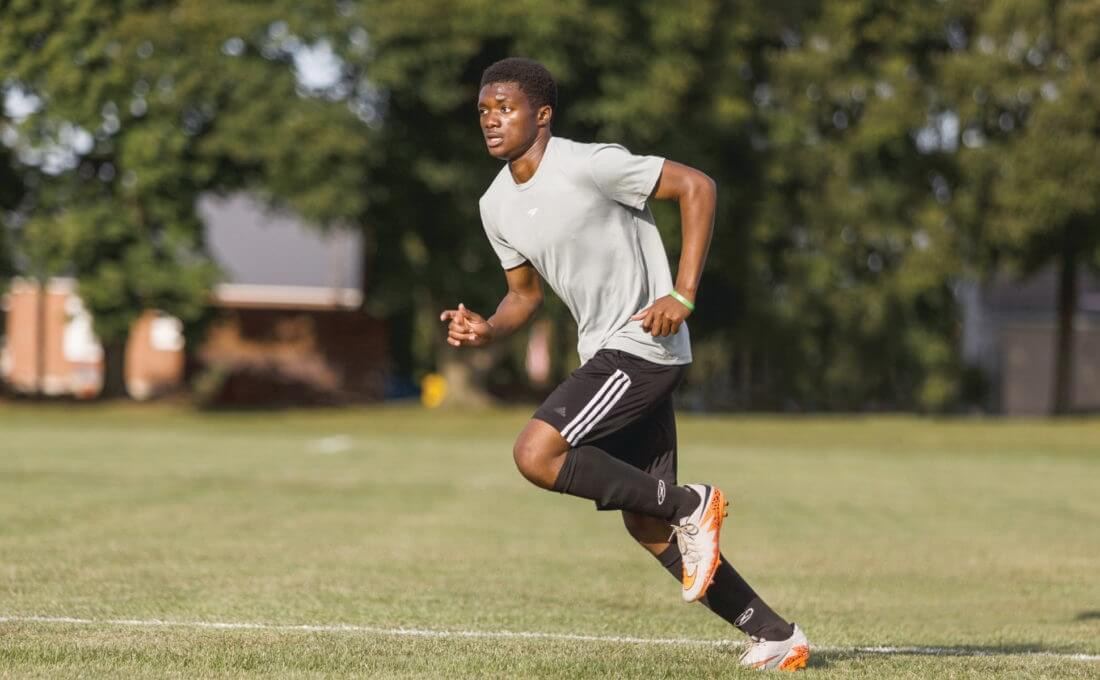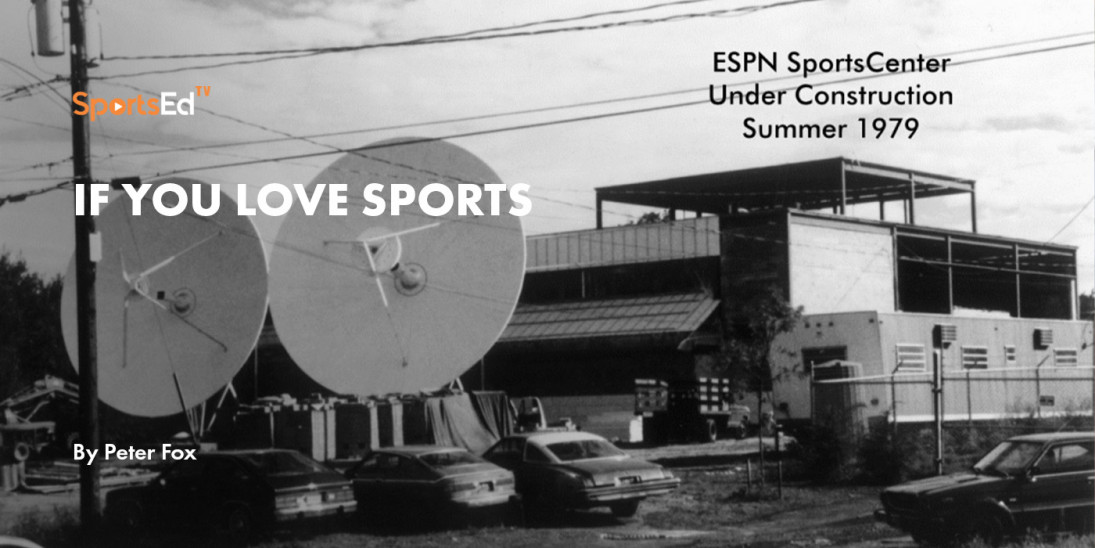On The Heart Beat
Welcome and thanks for visiting...

Heart-Starting Formula Sun Racing
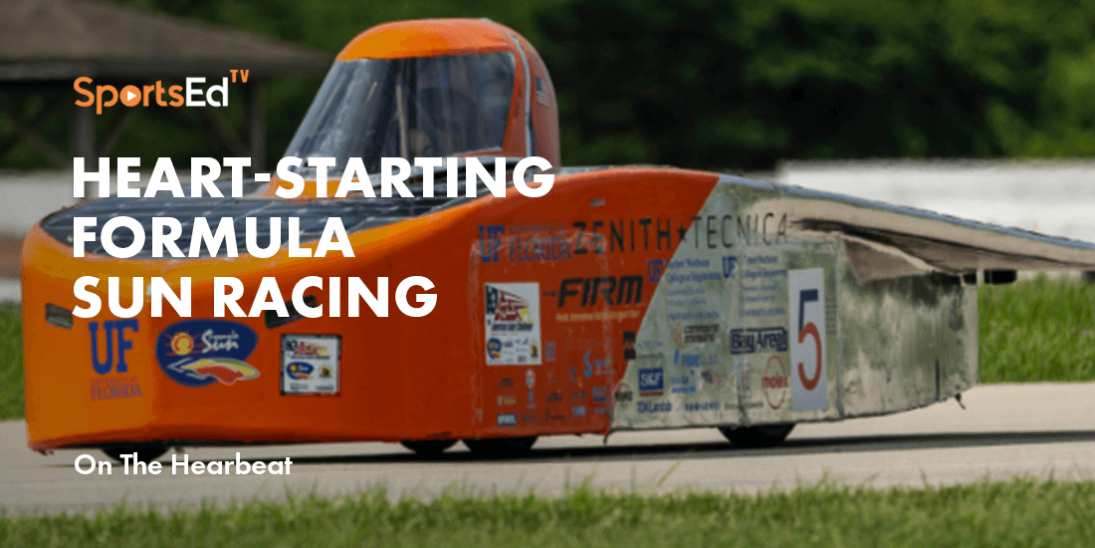
The heart of American Motor Sports beats with regular roars and whines of machines.
That is until Formula Sun racing begins each summer at Heartland Motorsports Park in Topeka.
Formula Sun Grand Prix is an annual solar car racing competition. It’s quiet, relative to the goings on that usually occur at Heartland, but the competition is no less intense.
Collegiate teams from around North America build solar cars, and the racing tests the limits of their vehicles in handling curves, braking, and acceleration. They’re self-designed by student teams and funded with sponsorships, as evidenced by the
Single and multiple-occupant solar cars compete in separate races.
For vehicles in the single occupant class, the Formula Sun Grand Prix winner is determined by the most laps completed over their racing days of 8 hours each racing day. Multiple occupant racing counts average speed, number of passengers, total number of laps, and the amount of external charging used during the event.
Each category also awards the team and driver that completes the fastest single lap around the 2.5-mile track.
Before any racing, the teams subject themselves and their solar cars to three days of “scrutineering,” submitting their work to a rigorous set of standards as studied by an independent event staff.
Scrutineering
Driver Registration: Drivers and passengers are checked for a valid license, allowable helmets, safe shoes, and weigh-in for ballast
Driver Operations: Drivers and passengers are checked to ensure they fit in the car, have the proper equipment in the car (water, radio, ballast holder), and can egress the car in under 10 seconds.
Lights &; Vision: Drivers must have the required field of view from the solar vehicle, including rear vision, and the vehicle lights meet brightness and visibility requirements.
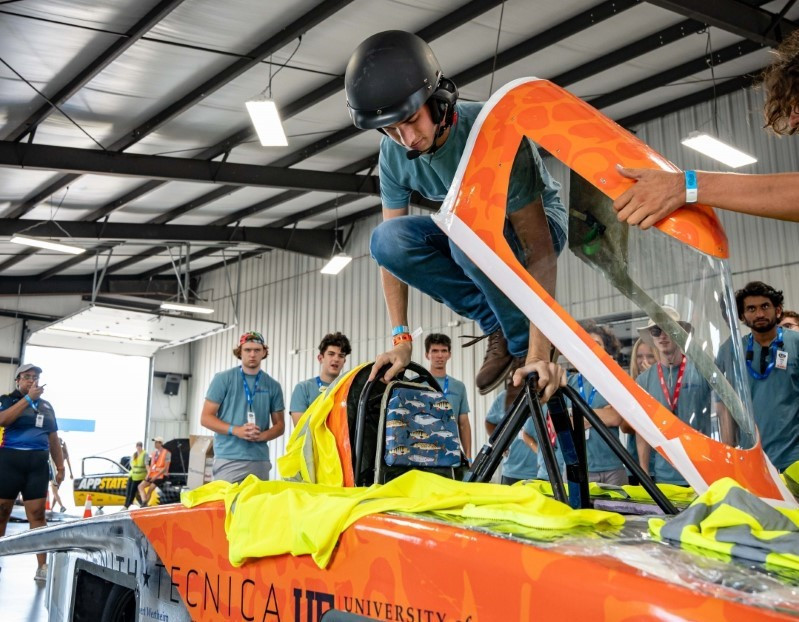
Body &; Sizing: The size and configuration of the vehicles must meet regulations including overall dimensions, solar array size, seat belt placement, headrests, signage, weight, &; more.
Electrical: The electrical station verifies that the vehicle's electrical system meets all safety and competitive requirements, including battery size, driver controls, and emergency stops.
Battery Protection Batteries undergo tests to ensure the battery will shut off if operated outside safe ranges for voltage, current, and temperature.
Mechanical: Vehicles undergo a thorough inspection of their body, chassis, roll-cage, brakes, steering, and suspension to ensure they meet safety and competitive regulations.
Dynamics: Cars and drivers must pass U-Turn, Figure-8, Slalom, and Braking Tests with the requisite performance
Array Testing: Vehicles solar array is tested and verified
Safety: The Safety Check verifies that teams have the required safety equipment for solar car racing, including fire extinguishers, first aid kits, etc.
Impound & MOV: All vehicles must demonstrate how their battery system is impounded outside of race hours. Multi-occupant vehicles are additionally outfitted with metering equipment for external charging.
These critical stations determine, on course, race positioning.
2023 Formula Sun Grand Prix Results
When the rubber finally met the racing road, the University of Florida won the single occupant three-day racing marathon driving its Sunrider 707.5 miles, well past second place Principia College’s 542.5 miles and long past third place Illinois State University’s 420 miles.
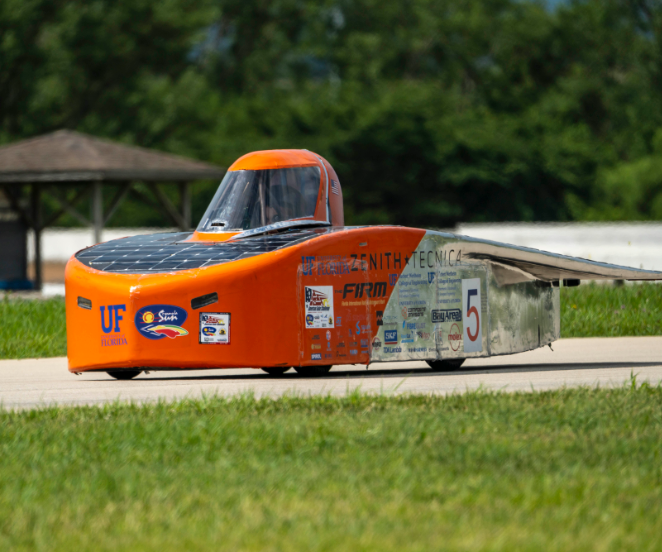
Principia's Chris Strong drove their solar for the fastest single lap at 43.7 miles per hour, three minutes, and 26 seconds to complete the course.
The multiple Occupant Vehicle winning team was Polytechnique Montreal, with 137.3 points over 263 laps, providing 1,315 person miles. Appalachian State University’s 22.9 points over 275 laps and 1,375 person miles are based on the complex MOV scoring matrix.
Zach Howard of Appalachian State drove their vehicle to the fastest single lap, negotiating the course in three and a half minutes at 42.7 miles per hour.






